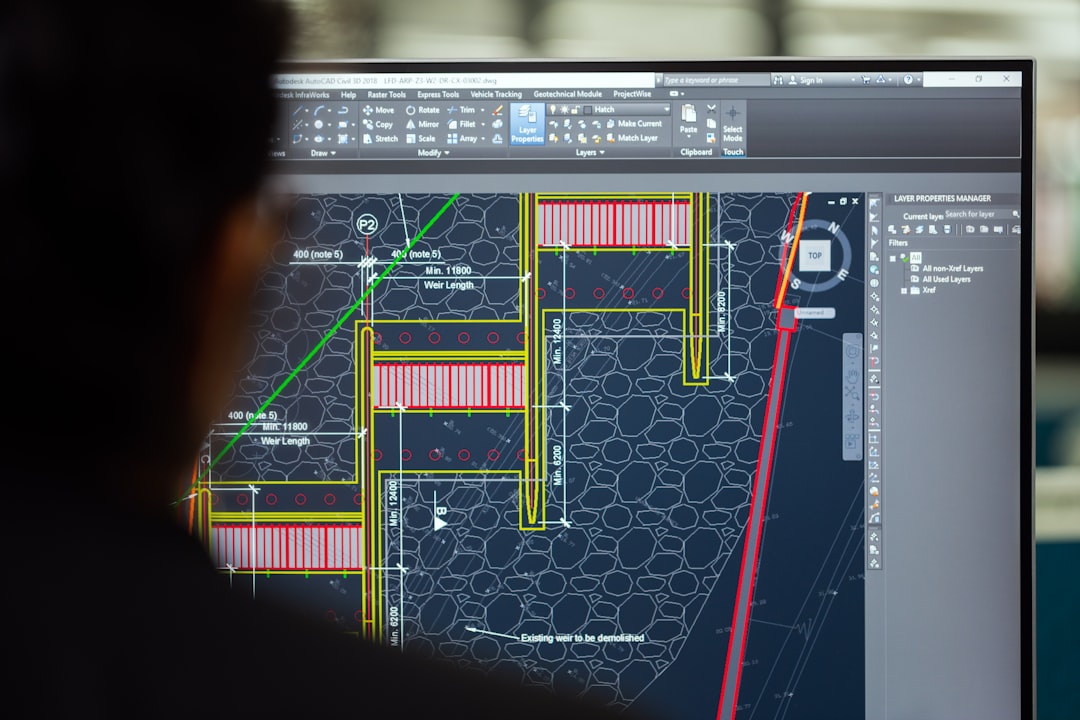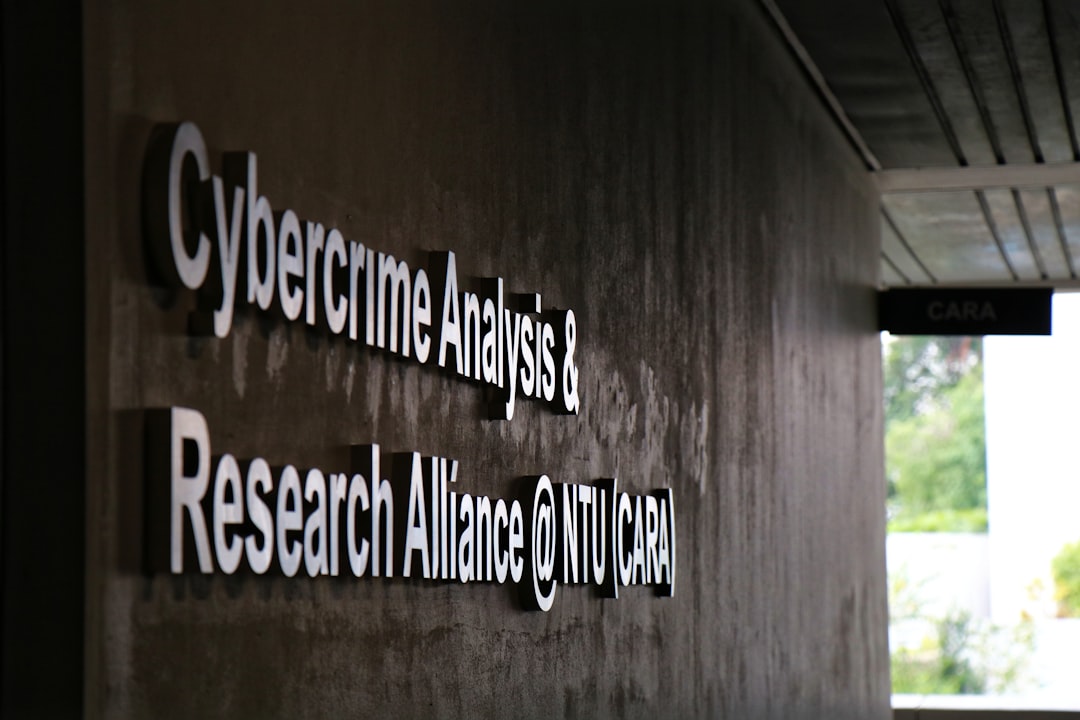The world of cybersecurity is constantly evolving, with threats becoming more sophisticated and government institutions and private companies racing to stay ahead. One of the most intriguing and potentially dangerous cyber operations uncovered in recent years was AIM Triton. This attack revealed a stark vulnerability in critical infrastructure and raised alarms across global cyber defense agencies.
AIM Triton was not just another malware campaign; it marked a significant milestone in how cyber threats can be weaponized against physical systems. This article will dive deep into what AIM Triton was, who was behind it, how it targeted industrial control systems, and what implications it holds for the future of cybersecurity.
What Was AIM Triton?
AIM Triton, also known as Trisis or HatMan, was a cyberattack campaign centered around a custom-designed malware developed to exploit vulnerabilities in safety instrumented systems (SIS) used in industrial settings. Specifically, the malware targeted the Triconex Safety Instrumented System developed by Schneider Electric, a critical tool used across oil, gas, and power industries to prevent accidents and catastrophic failures.
The name “Triton” is derived from the use of Triconex controllers, while “AIM” stands for Attack on Industrial Machines—a codename reportedly used in defense and intelligence circles to refer to this cyber assault. The malware intended to disable safety systems that would normally shut down equipment when hazardous conditions arise. By neutralizing those safety layers covertly, the attackers could potentially cause physical destruction, fires, or even loss of life.

The Discovery
The AIM Triton malware was first discovered in 2017, when a Middle Eastern petrochemical plant experienced unexplained process shutdowns. Researchers from cybersecurity companies such as FireEye and Dragos later determined that the interruptions were caused not by mechanical error but by a new kind of attack that had never been seen before.
This attack was particularly alarming because the malware did not aim to steal data or temporarily disable systems. Rather, it intervened in the physical safety systems. It could have dire consequences, leading to man-made disasters.
Modus Operandi
The method used by the attackers behind AIM Triton was both meticulous and chilling. They started by gaining access to the plant’s IT networks and then moved into the operational technology (OT) network, where industrial controllers are located. This kind of lateral movement involves careful reconnaissance and evasion of security protocols.
Once inside the OT network, the attackers uploaded custom malware to the Triconex SIS controllers—a system typically isolated from internet connectivity. The aim was to modify the controller’s behavior without detection. However, during the implementation, an error caused the system to fail and alert operators, inadvertently exposing the breach.

Who Was Behind AIM Triton?
Attribution in cyberattacks is notoriously complex, but in the case of AIM Triton, multiple government and private cybersecurity reports pointed to a state-sponsored group operating with the endorsement of a foreign nation-state. In 2018, U.S. officials formally accused a Russian government research institute of developing the malware. The group allegedly had years of experience in industrial engineering and targeted attacks in the Middle East.
This marked one of the rare instances in which a cyber operation was directly linked to a nation-state entity with the explicit purpose of causing physical harm through digital means—pushing cyberwarfare into a whole new domain.
Why AIM Triton Was So Dangerous
The true danger of AIM Triton lies in its objective and the level of precision required in its execution. While many cyberterrorist incidents focus on financial theft or temporary disruption, AIM Triton represented a paradigm shift: the weaponization of cybersecurity vulnerabilities to compromise human safety.
Consider the implications of neutralizing a plant’s last line of defense—its safety system. If attackers had succeeded without triggering detection, they could have manipulated pressure valves, increased reactor temperatures, or caused chemical spills. In the worst-case scenario, hundreds of lives could have been at risk.
This attack demonstrated how industrial control systems, once considered secure because of their isolation from the wider internet, are now fair game for targeted assaults, fundamentally altering how nations and companies think about critical infrastructure protection.
The Response and Countermeasures
After the discovery of AIM Triton, the affected plant, along with several cybersecurity firms, initiated in-depth investigations to remove the malware and identify all vulnerabilities used. This incident catalyzed the cybersecurity community to develop stronger resilience in industrial systems, including more frequent audits, advanced anomaly detection, and separation of IT and OT networks.
Governments responded by issuing guidelines and mandates to improve the cybersecurity posture of critical infrastructure. Organizations such as the Cybersecurity and Infrastructure Security Agency (CISA) and the National Institute of Standards and Technology (NIST) updated their frameworks to emphasize industrial system protection against advanced persistent threats (APT).

Legacy and Lessons Learned
AIM Triton has become a case study in the devastating potential of cyber-physical attacks. It illustrates how vulnerabilities in overlooked or underestimated areas—such as safety control systems—can have broader implications than just data loss or system downtime.
The attack also highlighted the importance of defense-in-depth, network segmentation, employee training, and real-time monitoring. Perhaps most crucially, AIM Triton prompted a global reassessment of risk in the cyber-physical landscape, especially in sectors like energy, manufacturing, and public utilities.
Frequently Asked Questions (FAQ)
- Q: What is AIM Triton?
AIM Triton is the name given to a state-sponsored cyberattack that targeted Safety Instrumented Systems (SIS) of an industrial plant to interfere with physical safety mechanisms, posing risks to human life and infrastructure.
- Q: Why was AIM Triton significant?
It was the first known case where malware was designed specifically to disrupt safety systems in critical infrastructure, elevating the threat landscape from digital nuisances to possible physical disasters.
- Q: Who was responsible for AIM Triton?
The malware was attributed to a Russian government-linked research institute, according to U.S. intelligence and third-party cybersecurity analysts.
- Q: How was it discovered?
It was discovered after unexpected shutdowns at a petrochemical plant triggered an investigation, revealing the presence of custom malware on Triconex SIS controllers.
- Q: What has changed since the AIM Triton attack?
There has been a significant shift in policy and technology to protect industrial systems. This includes increased monitoring, segmenting networks, updated defense frameworks, and greater international cooperation in cybersecurity.
As nations and private entities continue building digitally integrated operations, the lessons from AIM Triton remain more relevant than ever. It serves as a stark warning about the need for preparedness in the digital age—not just against data loss, but against threats that can jeopardize physical safety and human life.
